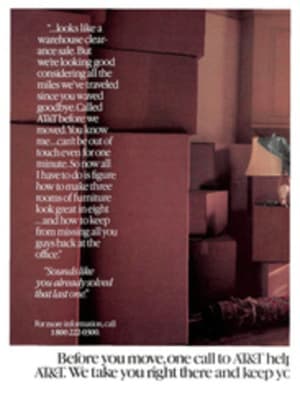
ANGER, THEN DEATH
On Sunday night a solemn Requiem mass was held in the Roman Catholic cathedral in Liverpool, England. The day before, 94 fans of the Liverpool soccer club had been fatally injured at Hillsborough Stadium in Sheffield, 60 miles away. Ironically, many of the dead had been crushed against a 10-foot-high steel fence that had been erected to contain the hooligans who have so indelibly stained the image of British soccer. Less than four years ago, in this same cathedral, another mass for the dead had been sung for 39 fans, most of them Italians, who had died at Heysel Stadium in Brussels, victims of a charging mob of Liverpool fans.
In a further irony, Sunday's tragedy occurred as a result of a decision by the police, who were trying to avert violence outside the stadium. More than 3,000 clamorous Liverpool fans, some of them without tickets, gathered at the Leppings Lane gate of the stadium, angry that Liverpudlians had been given fewer tickets for the national cup semifinal match than had been allotted to fans of the day's opponent, Nottingham Forest. A few minutes before game time the Liverpool fans massed against the turnstiles. When police became convinced that the crushing pressure outside was so great as to be life threatening, one of them opened a gate, in effect bringing the crisis inside.
The onrushing Liverpool fans squeezed down a tunnel and onto a standing-room terrace where many of the victims, who had earlier entered the stadium with tickets, were pinned against the fence and died of suffocation and crushing injuries. Some people may have perished in the tunnel itself.
On Sunday, Prime Minister Margaret Thatcher visited some of the 170 people injured in the incident and, predictably, ordered an investigation to identify causes and recommend steps to prevent future catastrophes. Yet, British soccer violence seems to defy solution. After the Heysel tragedy in 1985, the Union of European Football Associations banned Britain's teams from European competition. (Only last Tuesday the UEFA offered the prospect of lifting the sanction beginning in 1990, though Liverpool would remain barred.) And while the Hillsborough tragedy could not be laid to partisan animosity, even as the horror unfolded, police had to intervene as Liverpool fans apparently tried to reach Nottingham rivals at the other end of the stadium, evidence of the fearsome passions that are at the root of Britain's inability to control its soccer crowds.
Though Saturday's events seem incomprehensible in the U.S., where fan violence is usually confined to the occasional beery fistfight, they become more fathomable when it's remembered that in Britain, where there's rarely more than a few hours' drive between cities, thousands of fans, many of whom are unemployed and feel they have been given a raw deal by society, routinely travel with their local teams. The worst of them go to games to seek fights, which often escalate into running brawls in the neighborhoods around stadiums.
Even so, there's a growing awareness in Britain of a tendency to exaggerate the extent of hooliganism and that steel fences are symbols of a vengeful class attitude that would have the rabble penned in cages. In fact, outdated stadiums may be a major factor in poor crowd control, and Hillsborough, built in 1899, may have been a calamity waiting to happen. Many English soccer grounds are set among inner-city mazes of row houses, and most have no acreage of parking space in which a crowd can be easily marshaled. Thoughtful Britons are recognizing that these dilapidated, comfortless arenas must be replaced by modern ones to which a man can take his family without fear. Treating people like animals turns them into animals. And nobody needs another Hillsborough to prove that.
TWO PHOTOS
DAVID CANNON/ALLSPORT
Scores of fans, including many children, were trapped against a fence erected to keep unruly spectators from storming the field.
PHOTO
LEO MASON/SPLIT SECOND
[See caption above.]

